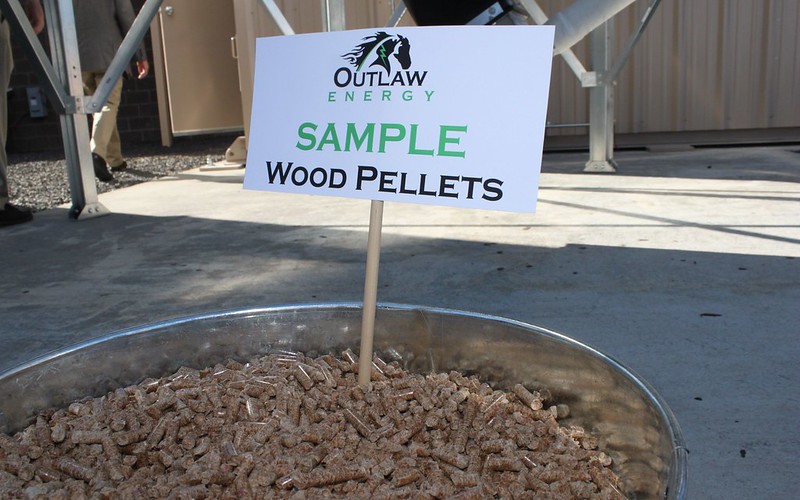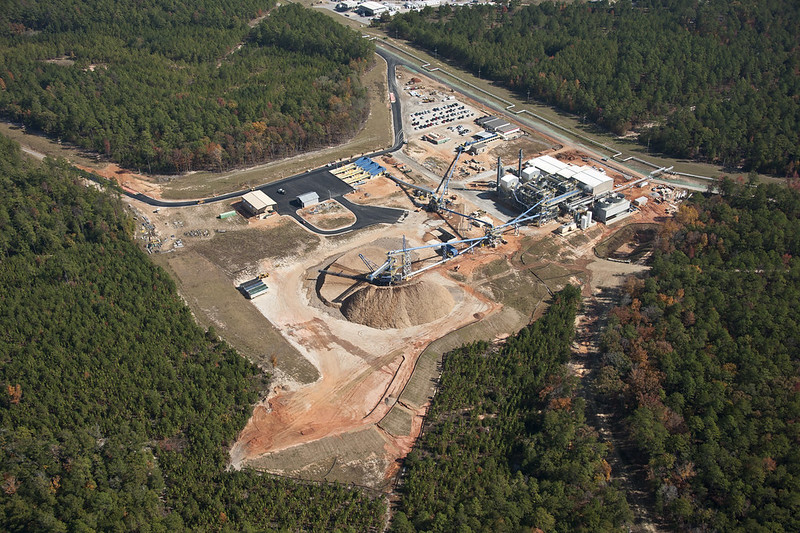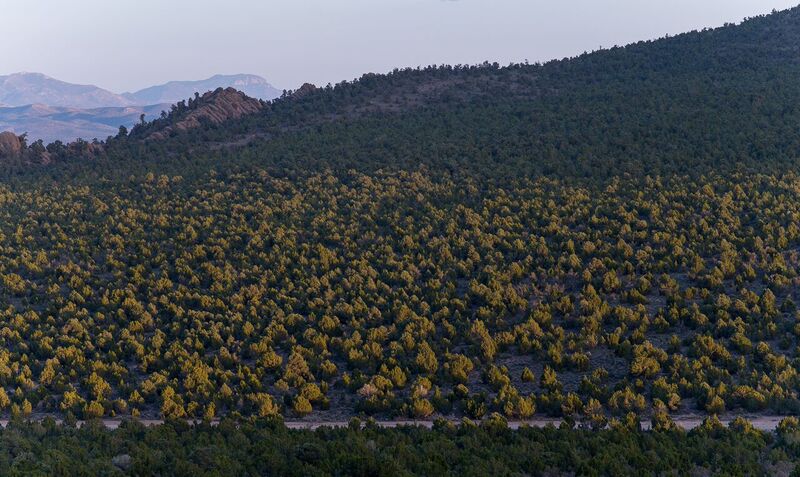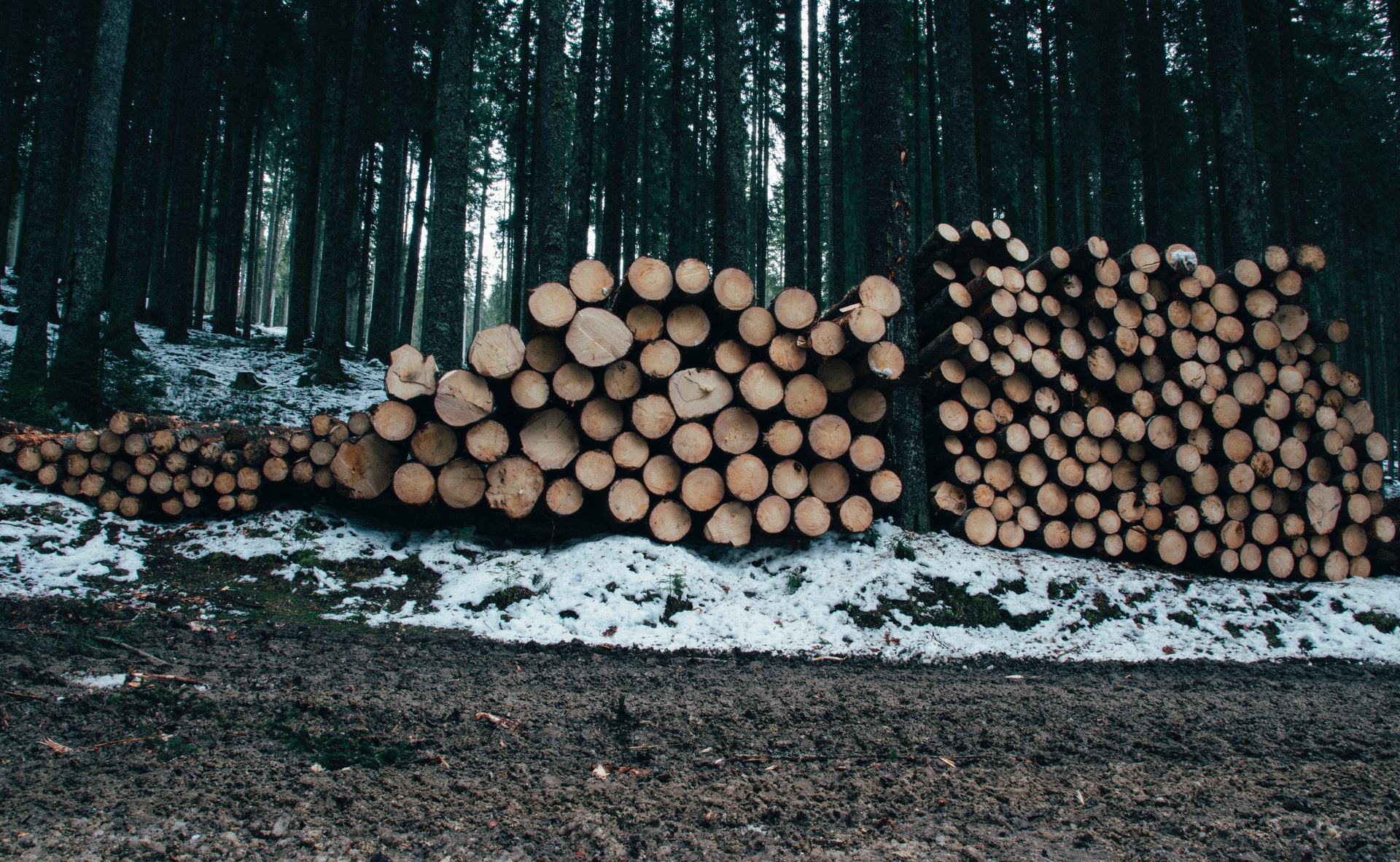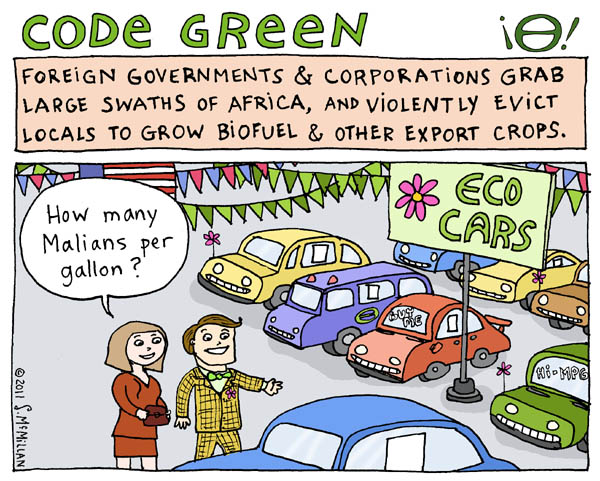This article by Saul Elbein was originally published on 29 July 2020 in Mongabay. Saul describes the outdated ideas linked to creating ‘biomass’ and illuminates the harm caused by creating even more CO2.
By Saul Elben/ Mongabay.com
An outdated Kyoto Climate Agreement policy, grandfathered into the 2015 Paris Agreement, counts electrical energy produced by burning biomass — wood pellets — as carbon neutral. However, new science demonstrates that burning forests for energy is dirtier than coal and not carbon neutral in the short-term. But with the carbon accounting loophole still on the books, European Union nations and other countries are rushing to convert coal plants to burn wood pellets, and to count giant biomass energy facilities as carbon neutral — valid on paper even as they add new carbon emissions to the atmosphere. The forest industry argues otherwise. It too is capitalizing on the loophole, building large new wood pellet factories and logging operations in places like the U.S. Southeast — cutting down forests, pelletizing trees, and exporting biomass. A case in point are the two giant plants now being built by the Enviva Corporation in Lucedale, Mississippi and Epes, Alabama. Enviva and other firms can only make biomass profitable by relying on government subsidies. In the end, forests are lost, carbon neutrality takes decades to achieve, and while communities may see a short-term boost in jobs, they suffer air pollution and the risk of sudden economic collapse if and when the carbon loophole is closed. When biomass manufacturer Enviva completes its two newest U.S. Gulf Coast plants on opposite sides of the Alabama-Mississippi state line, likely by 2021, they will be the largest “biomass for energy” manufacturing plants on the planet.
...
